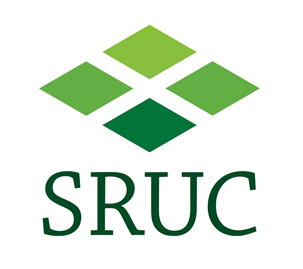James Hutton Institute Centre for Sustainable Cropping: Balruddery Farm
The aim of the CSC is to develop a cropping system that can produce high-quality food, whilst still maintaining a healthy environment. This means using what we understand about ecology to work with the environment to improve the health and physical structure of the soil, minimise the losses of nutrients and chemicals from cultivated fields, and support a rich variety of farmland wildlife. With a balanced system of soil, water, plants and animals, we can, over time, reduce our reliance on chemicals to produce high crop yields and eventually, find a more sustainable way of producing food.
Scotland's Rural College: Boghall Farm
The overall aim of the tour is the demonstration of factors leading to the adoption and uptake of Integrated Pest management schemes. Use of Varietal resistance focusing on establishing the suitability of winter barley varieties for UK growing conditions, yield potential, resistance to major disease. Management interventions – focus on Integrated Pest Management trial in winter barley (sowing date, varietal resistance, sowing rate, fungicide programme). Use of chemistry to control disease. Aim of this trial is to show the potential of alternatives to chlorothalonil to control Ramularia leaf spot in barley.
Scotland's Rural College: Craibstone and Tulloch
Management of soil pH is a crucial part of a successful cropping system. pH has a huge impact on nutrient availability and mineralisation of organic matter through microbial processes, both of which impact on crop growth and yield, rooting behaviour, production of biomass residues and consequently soil organic matter. Management of soil pH as a crucial part of a successful cropping system. The Tulloch experiment was originally designed to compare rotations with different approaches to fertility by comparing two organic arable-ley rotations with contrasting levels of fertility building ley across a six-course rotational period, with every crop grown every year. The two rotations in the stockless system differ in that one has a sequence involving potatoes followed by spring wheat after the fertility cut-and-mulch grass-clover phase, while the other has spring wheat followed by potatoes after the grass-clover phase. All other crops in the rotational sequences are identical.
James Hutton Institute: Grieves House
Grieves House is part of the Balruddery farm complex which concentrated on tradition style filed trials which looks at yield and tillage interactions, differing rotation regimes and soil assessments, including strength, structure and chemistry.



